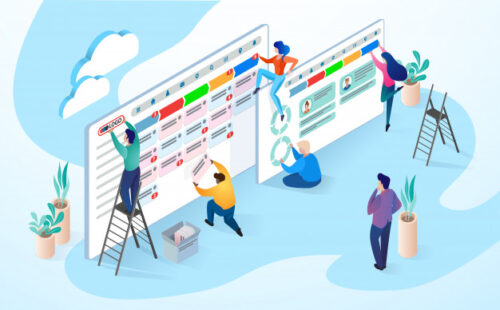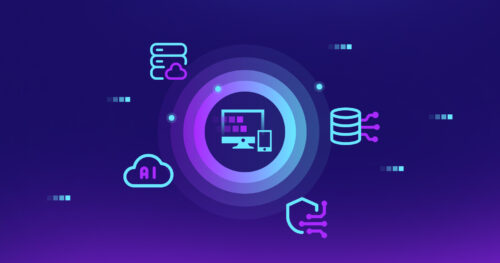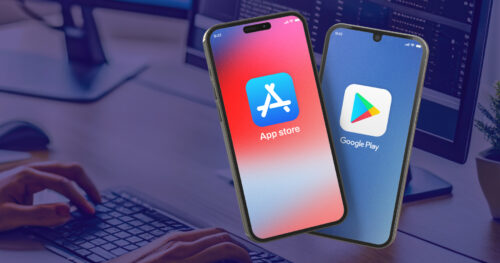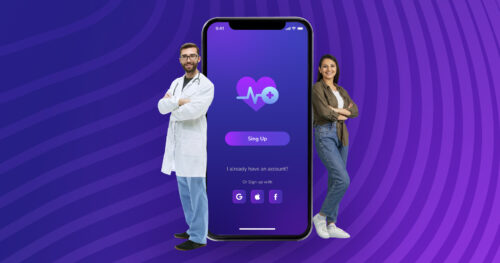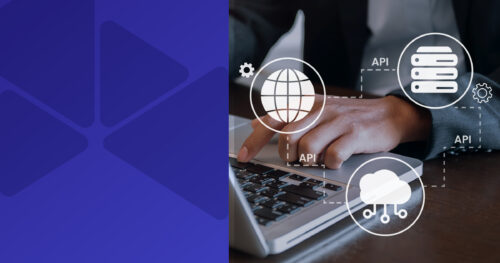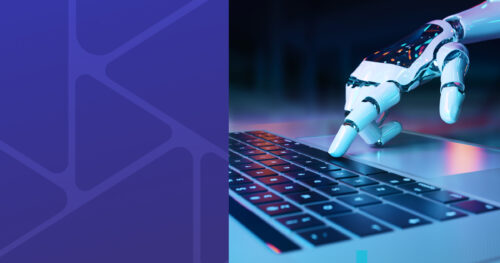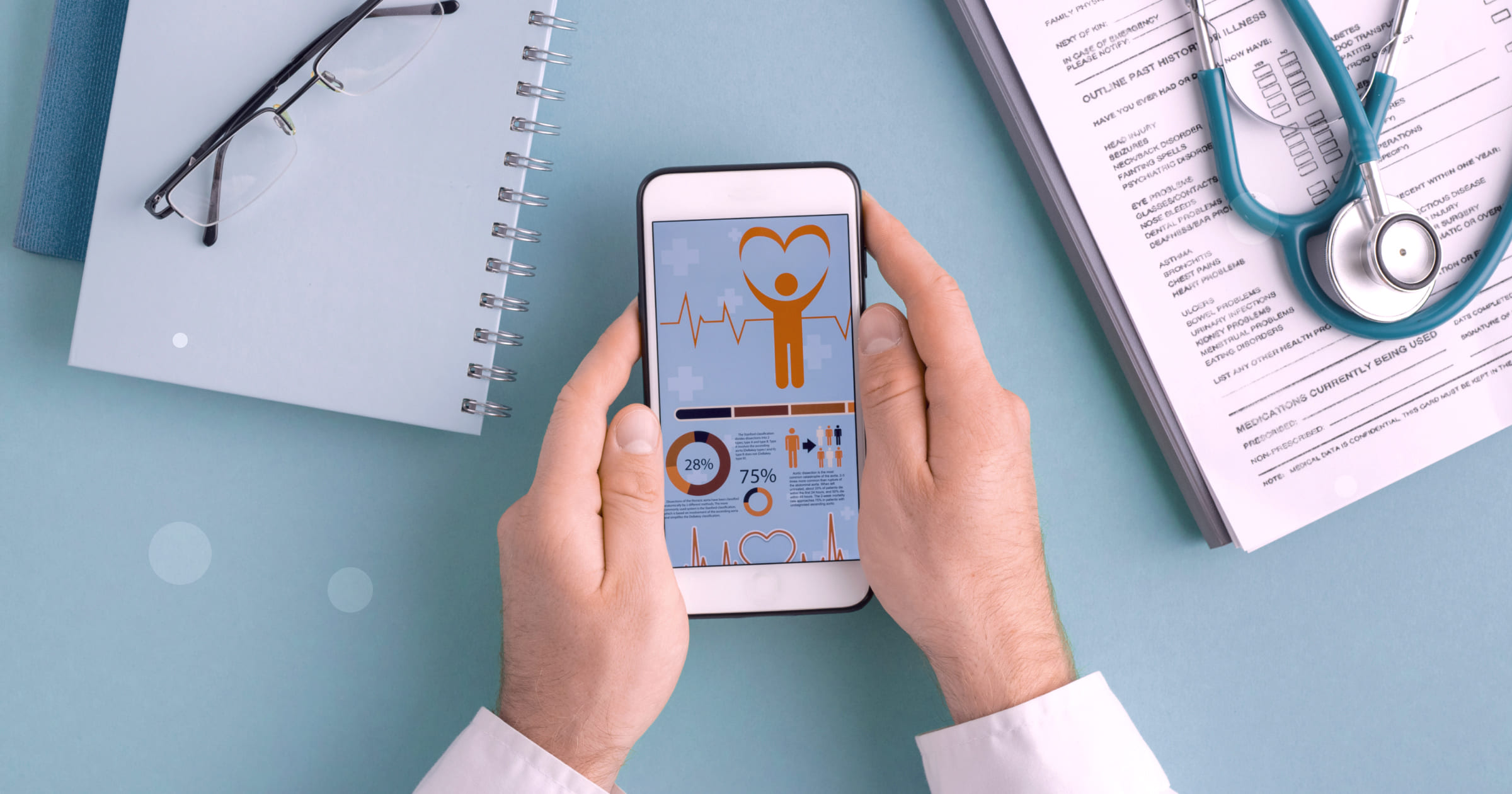FemTech is driving innovation while bringing a more inclusive and patient-centric approach to healthcare. Statista predicts the market size of FemTech to reach $75 billion in 2025, which is reflected in ongoing interest from startups, investors and users. DigitalMara has analyzed market trends and identified the main technologies being deployed in the development of FemTech applications.
“FemTech” is a term used to describe technology meant specifically to meet women’s health and wellness needs. Software products cover a variety of topics: reproductive health, menstruation, fertility, pregnancy, breastfeeding, menopause, sexual wellness, and much more. This can mean anything from services and software to medical devices, wearables, apps, supplements, and even tech used to screen for breast cancer. All of it meant to help women take more control of their own health.
According to McKinsey, women account for over 80% of consumer purchasing decisions in the healthcare sector. Women’s health is important not only for individual women but for a healthier society overall. That’s because women are still the primary caregivers for others, especially children and the elderly. FemTech apps create a personalized experience for women, give them more access to healthcare, help women make more informed decisions about their health, and finally, help reduce the stigma associated with women’s health issues. These apps encompass more than a third of the total volume of digital healthcare.
Agency FemTech Analytics has counted 1800 companies in the FemTech market as of the end of 2022. Obviously, that number continues to grow. But the market is far from saturated. Most companies are founded by women or have at least one female founder. Investors and innovators of any gender support these products. Also, according to Agency statistics, total funding reached $19.7 billion in the same period, up by 35%.
Main categories of FemTech apps
- Period and fertility trackers,
- Pregnancy and nursing care,
- Pelvic health,
- General health,
- Mental health,
- Nutrition and fitness,
- Lifestyle apps.
These apps have different purposes but in general have common features such as tracking features to help users monitor their activities and conditions, educational resources on various health and wellness topics based on users’ data and queries, recording and analyzing symptoms and processes, reminders and notifications, support and communications, mostly via chatbots. Some apps employ integrations with wearable devices such as smartwatches and other fitness trackers and transfer data directly into the app.
Technologies used to develop FemTech apps
Chatbots
Chatbots have become an essential part of these applications, as a communication tool with users. They can ask questions about symptoms, mood and conditions, and collect other health information; offer reminders to take medication, do exercise or other activities; suggest products based on a user’s preferences and needs, such as period products, fertility trackers, or pregnancy tests; and provide educational advice and resources on topics such as sexual health, contraception, and menopause. Technologies such as AI may extend chatbots’ capabilities. For example, AI can help add multilingual support and create an inclusive experience for users with various disabilities.
Artificial Intelligence
AI can make data collection and analysis more accurate and efficient. For example, an app could collect data from the user’s menstrual cycle and provide personalized insights, predictions and advice about the cycle, or suggest exercises and meal plans based on a user’s goals and preferences. It can be used to develop predictive models for identifying health risks and outcomes, and the likelihood of developing a certain disease based on a user’s lifestyle factors; or it can analyze medical images, such as mammograms or ultrasounds, to detect abnormalities and provide early diagnosis. As mentioned earlier, AI algorithms can also be embedded into chatbots to improve their functionality.
Tracking systems
These systems are responsible for data storage and collection, analysis and interpretation. Data comes mostly from users’ manual inputs. But it can also be taken from various sensors and wearables, including information on physical activity, heart rate, sleep patterns and electronic health records, including medication usage, lab results, and medical history. It is important to ensure confidentiality and data security here, i.e., establish protocols to protect user data, including encryption and secure storage.
Compliance regulations for FemTech apps
As they are often processing sensitive health information, FemTech apps are subject to various compliance regulations. Here is a list of the most common standards:
- GDPR (General Data Protection Regulation), which governs the collection, use, and protection of personal data.
- HIPAA (Health Insurance Portability and Accountability Act), which protects electronic health data.
- MDR (Medical Devices Regulation) and FDA (Food and Drug Administration) for apps that provide medical advice or diagnosis and may be classified as medical devices. Here, testing and certification are required.
- FemTech apps can be subject to specific advertising regulations for healthcare products and services. In general, companies offering such apps must be extremely careful about false or misleading claims.
Since FemTech apps refer to digital health, there may be specific regulations for different locations and use cases — for example, in terms of protection of sexual and reproductive health or genetic information.
Final words
A growing female user base makes the market of fem technology attractive for startups, entrepreneurs and investors. FemTech products can help transform women’s health and wellness experiences, providing better preventive care and treatments.
DigitalMara has extensive experience in developing custom mobile apps for different business domains that fulfill all users’ needs.






